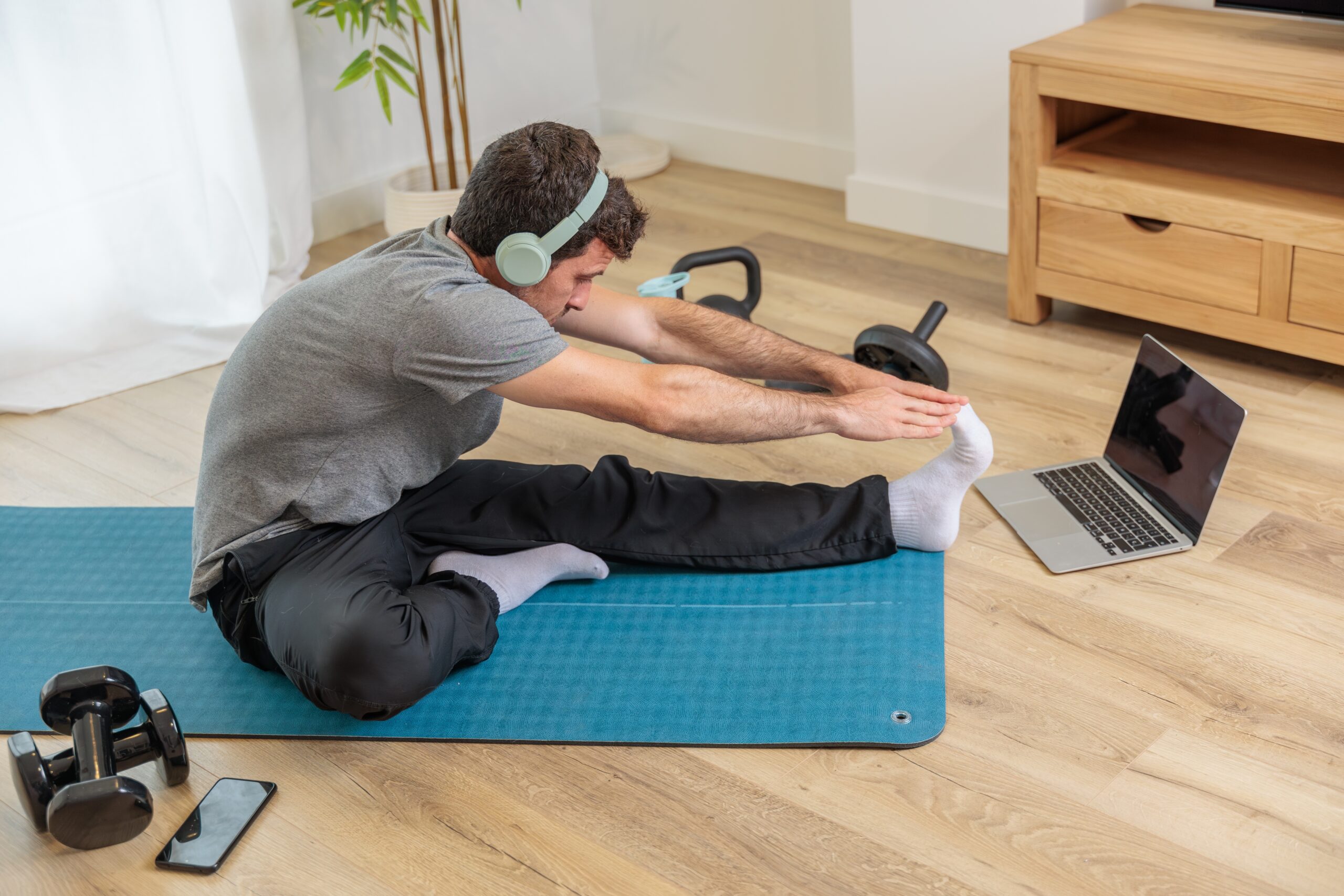Turning up the incline on your treadmill can burn up to 70% more fat than running on flat ground, but knowing precisely when—and when not—to do it could make or break your health and fitness progress.
Quick Take
- Incline walking burns significantly more fat and activates more muscles than flat treadmill workouts.
- Strategic use of incline maximizes cardiovascular and weight management benefits, especially for those with joint pain.
- Excessive or abrupt incline increases raise risk of overuse injuries and joint stress.
- Gradual progression and professional guidance are vital for safe and effective incline training.
The Science Behind Treadmill Incline: Muscle Activation and Metabolic Payoff
Researchers such as Amy Silder and Thor Besier have shown that walking on an incline dramatically increases muscle activation, especially in the soleus and vastus lateralis, and can predict energy expenditure with up to 96% accuracy. Studies published over the last decade prove that incline walking is not just harder—it’s smarter for those wanting more calorie burn. In fact, walking at an incline can burn as much as 70% more fat compared to running at the same pace on flat ground. This isn’t just a number; it’s the difference between stagnation and real progress for many fitness enthusiasts and rehabilitation patients. The metabolic cost is higher, the cardiovascular challenge deeper, and the payoff more tangible.
Wearable fitness tech now tracks incline, integrating gait mechanics to give users a more accurate sense of calorie burn. Treadmill manufacturers, seeing the surge in demand, have responded by designing machines with advanced incline features and safety protocols. Health institutions like Harvard Health and the Mayo Clinic recommend incline walking for those who cannot run due to joint pain, citing the lower impact and higher efficiency of this approach.
Benefits and Risks: When the Incline Pays Off—and When It Backfires
Incline walking is widely accepted as a potent alternative to running, particularly for weight management and cardiovascular health. The “12-3-30” workout—12% incline, 3 mph, 30 minutes—has become a staple among fitness influencers for its accessibility and effectiveness in improving cardiorespiratory fitness. Experts at Texas Health argue that incline walking strengthens knees and reduces stress on joints compared to running, making it ideal for older adults and those in rehabilitation programs. However, the benefits only shine when incline is increased gradually and with attention to proper form.
Risks come sharply into focus when users crank up the incline too quickly or use steep settings for prolonged periods. Overuse injuries, especially in beginners or those with pre-existing joint problems, are a real concern. Health organizations warn that abrupt or excessive incline changes can lead to muscle strain, tendon inflammation, and even long-term joint damage. Caution is especially important for individuals with cardiovascular risk factors or mobility limitations, who should always consult a health professional before ramping up their treadmill workouts.
Best Practices: Strategic Incline Training for Maximum Return
Turning up the incline should be purposeful and personalized. Experts recommend starting with a low incline—between 2% and 5%—and increasing only as strength and cardiovascular capacity improve. Gradual progression helps the body adapt, reducing the risk of injury and ensuring sustained benefits. The form matters: shorter strides, upright posture, and controlled pace are essential to avoid excessive strain on the lower back and knees. For those aiming for fat loss or muscle toning, alternating intervals of moderate incline with recovery periods is more effective than sustained steep climbs.
Fitness trackers and treadmill consoles now offer predictive models for energy expenditure and muscle activation, allowing users to tailor workouts to specific goals. Rehabilitation patients and older adults are encouraged to use incline walking under professional supervision, while fitness enthusiasts can experiment with popular protocols like “12-3-30” to boost results. However, the golden rule remains: listen to your body and consult experts when in doubt. As research and technology evolve, the treadmill incline is no longer a guessing game but a strategic tool for health and fitness advancement.
Sources:
Energy expenditure during inclined treadmill walking: Muscle activation and predictive models
Incline walking burns 70% more fat than running on flat ground
Research shows incline walking could be as beneficial as running
Biomechanical analysis of treadmill incline walking








